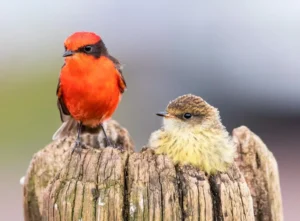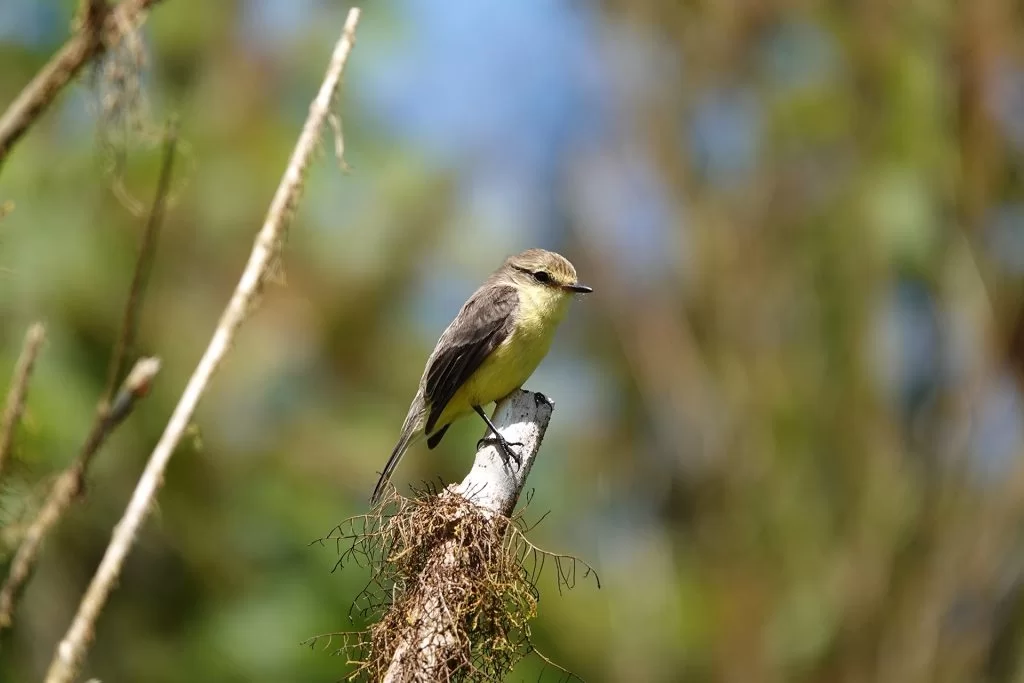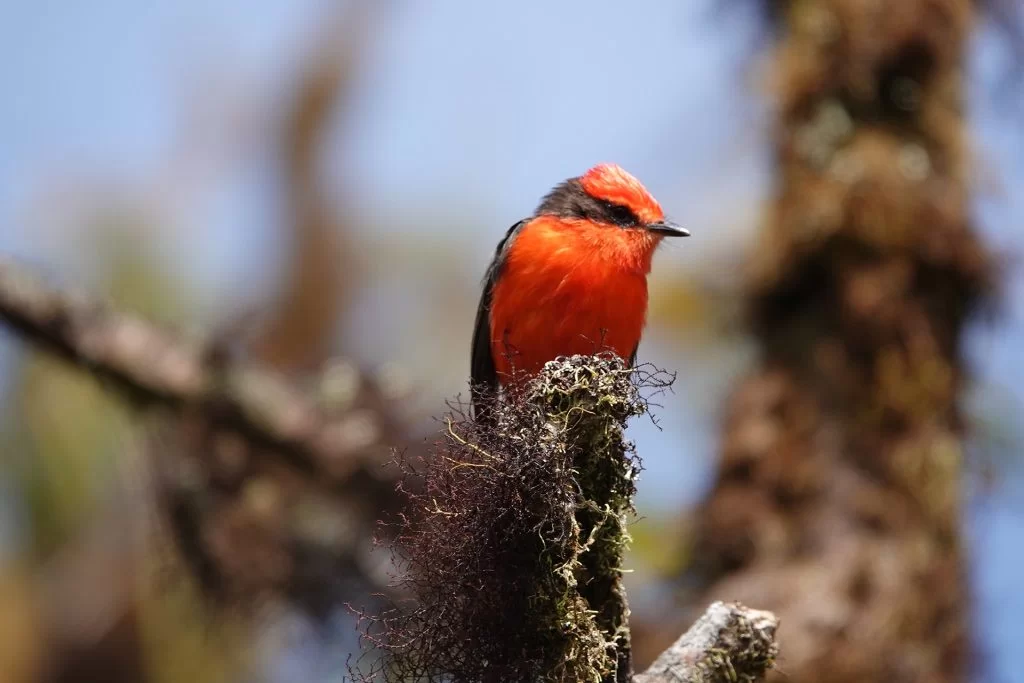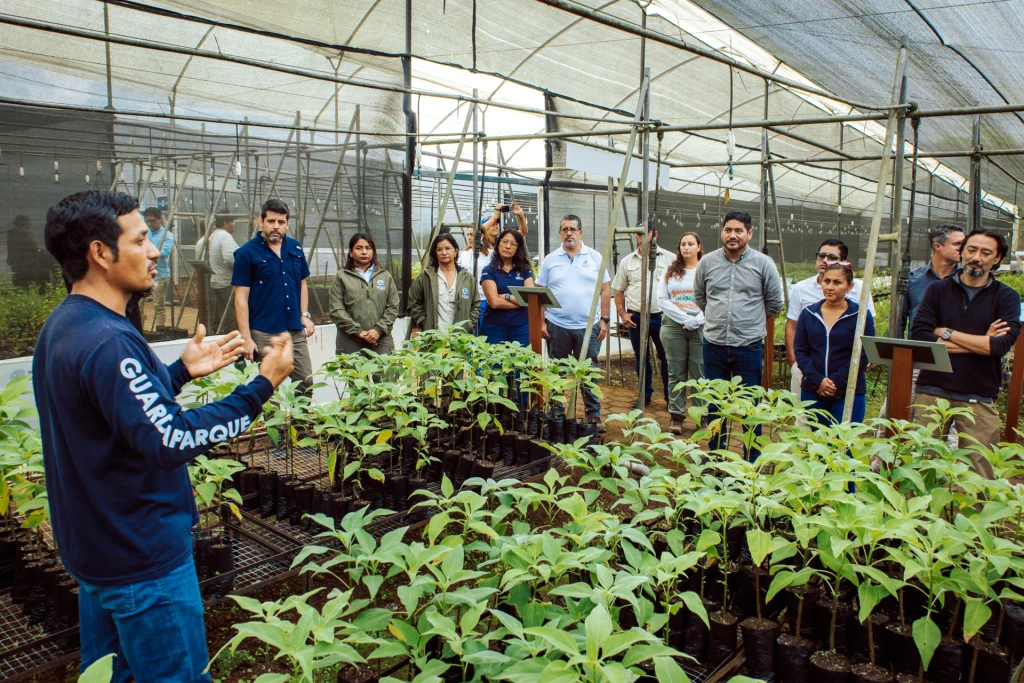A species of flycatcher appears to be extinct in Galapagos. Is another species in danger of extinction?
Scientists comparing genes of the so-called “Vermilion flycatchers” in Galapagos seven years ago realized that they were looking at two different species. The birds in question were not the Vermilion flycatchers ( Pyrocephalus obscure), which are common throughout the Americas. They were of a completely different species.
Experts soon discovered that one of the newly recognized species had not been seen in its native island of San Cristobal for decades. San Cristobal Flycatchers ( Pyrocephalus dubus ) have been declared extinct, though there are still reports of sightings.

Black rats devour the eggs of birds, while parasitic avian vampire flies (em>Philornis downsi/em>) feed on the blood of chicks in nests. The larvae of the parasitic vampire fly ( Philornis Downsi ) feed on blood from the chicks that survive the hatching process. Introduced blackberry plants are choking out the native species on which this brightly colored bird relies for survival.
Galapagos Conservancy has been working with our partners, the Galapagos National Park Directorate, and other strategic partners to combat these threats. The results have been promising.
Scientists offer nesting material that is “self-fumigating”, treated with insecticides, to eliminate parasites in bird nests. Traps have also been placed throughout the archipelago in order to catch adult flies and prevent them from reproducing. Conservationists also work to reduce blackberry thickets, and restore native habitats.
The efforts are paying off. Twelve chicks have been born this year on Santa Cruz Island, a remarkable achievement considering that only 15 Galapagos flycatcher breeding pairs remain on the island. This was an important milestone for the bird.
Together with the Galapagos National Park Directorate we now support the expansion of this effort onto the other island where this unique specie is found. We hope to secure a better future for these stunning flycatchers, and the unique eco-systems that support their existence.


